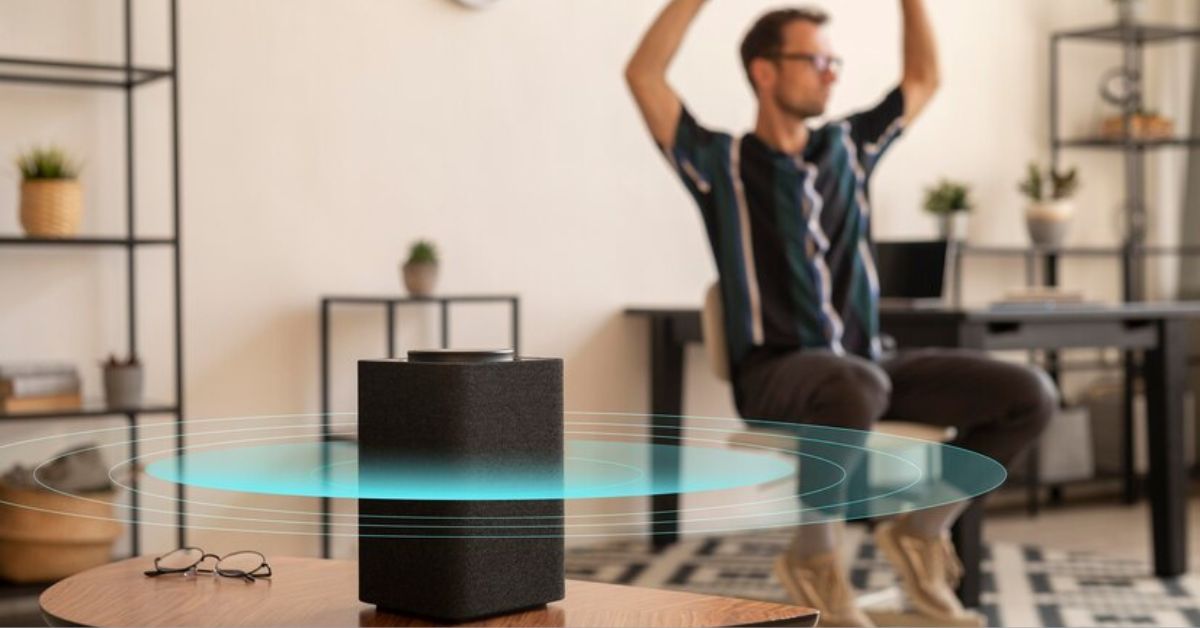General
Understanding 8325103215: A Crucial Element in Household Systems

The element “8325103215” is often overlooked, but it plays a critical role in maintaining the smooth operation of various household systems. Whether you are dealing with plumbing, electrical setups, or heating, understanding how 8325103215 works, and how to troubleshoot common problems, can save you time, effort, and money. This article will walk you through everything you need to know about 8325103215, from how it functions to identifying common issues and performing DIY fixes. We’ll also highlight when to call a professional for assistance and provide maintenance tips to keep everything running smoothly.
What is 8325103215?
At first glance, “8325103215” may seem like a cryptic number, but it represents a crucial part in various household systems, often used to refer to a component or mechanism found in heating, plumbing, or electrical setups. This number might correspond to a product, part number, or serial code tied to a specific element that interacts with others to ensure the safe and efficient operation of home appliances.
Applications of 8325103215
This part could be present in different systems within a home, such as:
- Heating Systems: It may regulate temperature or help control the heating element.
- Plumbing Systems: It could be a valve or other essential part responsible for fluid flow.
- Electrical Circuits: This component may assist in the regulation of power, ensuring safe and balanced electrical distribution.
The importance of 8325103215 becomes clear when a malfunction occurs. Issues with this part can disrupt everyday household activities, causing frustration and even posing safety risks.
How Does 8325103215 Work?
To understand how 8325103215 works, we need to focus on its basic functionality within different systems:
- Heating Systems: It might work as a thermostat or a sensor, responsible for controlling the temperature or heat output in your home. It ensures the system runs efficiently without overheating or underperforming.
- Plumbing Systems: It can serve as a valve or pressure controller, managing the flow of water or other liquids through your home’s pipes. This ensures that water pressure remains stable and avoids leaks or bursts.
- Electrical Systems: In electrical circuits, 8325103215 may act as a voltage regulator or a relay switch, safeguarding appliances by controlling electrical surges and maintaining a consistent current.
Common Issues with 8325103215
Despite its importance, 8325103215 is susceptible to common issues that can disrupt household systems. Identifying these problems early is key to preventing larger, costlier repairs.
1. Wear and Tear
Like any component, 8325103215 is subject to wear and tear over time. Regular use can degrade the part, leading to inefficiency or total failure. For instance, in plumbing systems, valves may become corroded, or in heating systems, thermostats may become unresponsive.
2. Incorrect Installation
If 8325103215 is installed incorrectly, it can lead to significant problems. Misalignment, incorrect wiring, or improper sealing can cause malfunctions, reducing the system’s efficiency and potentially causing safety hazards.
3. Blockages or Obstructions
In plumbing systems, blockages around the part can impede its function. Similarly, dirt or dust buildup in heating systems can cause 8325103215 to malfunction by interfering with temperature regulation.
4. Electrical Failures
If 8325103215 is part of an electrical system, short circuits, wiring issues, or power surges can damage the component. This can lead to a lack of power, overheating, or other dangerous malfunctions.
DIY Fixes for 8325103215
For homeowners interested in handling minor repairs, DIY fixes for 8325103215 can help avoid the cost of calling a professional. Here are some practical solutions:
1. Inspection and Cleaning
If you suspect dirt or debris is causing a blockage, perform a careful inspection of the area around 8325103215. For plumbing systems, remove any mineral buildup, and for heating systems, ensure vents and filters are clean.
2. Lubrication
They operates as a moving part in your system, such as a valve, ensure it is properly lubricated to avoid stiffness and prevent it from jamming. Consult your system’s manual for recommended lubricants.
3. Replacement of Small Parts
In some cases, small parts associated with 8325103215 (like seals, gaskets, or screws) may need replacing. These can be purchased from a hardware store, and with the correct tools, a homeowner can perform the replacement.
Common Mistakes to Avoid
While DIY fixes can be effective, there are several mistakes that homeowners should avoid to prevent worsening the issue.
1. Misdiagnosing the Problem
Misdiagnosing the issue is a common mistake. Before attempting a fix, carefully assess the symptoms. If the problem is more complex than a blockage or a small part failure, you may need to call a professional.
2. Using Incorrect Parts
Always ensure that replacement parts are compatible with it. Using the wrong parts can lead to further damage or improper functioning, causing additional stress on the system.
3. Ignoring Safety Protocols
Safety should always come first. Before performing any repairs, turn off the system’s power or water supply. Failing to do so could result in electrical shocks or water damage.
When to Call a Professional
While DIY fixes can solve minor problems, there are situations where professional intervention is necessary. Here are some signs that indicate it’s time to call a pro:
1. Complex Electrical Problems
If 8325103215 is part of an electrical system and you notice sparks, short circuits, or inconsistent power, it’s essential to contact a licensed electrician. Electrical repairs can be hazardous without the right expertise.
2. Persistent Leaks or Water Damage
If you’re dealing with plumbing issues and notice recurring leaks or water pooling, it may be time to call a professional plumber. Persistent leaks can lead to mold growth and structural damage.
3. Heating System Malfunctions
When your heating system is not maintaining the correct temperature or you hear unusual noises, it’s best to have a professional inspect it and the entire heating unit.
Benefits of Hiring a Professional
While some homeowners prefer DIY repairs, hiring a professional comes with many advantages:
- Expert Knowledge: Professionals have the training and experience needed to diagnose and fix problems accurately and efficiently.
- Guaranteed Work: Most professionals offer a warranty on their work, ensuring that if something goes wrong after the repair, they will fix it at no additional cost.
- Safety: Professionals follow safety guidelines to prevent damage to your home or harm to you and your family.
- Time and Convenience: Instead of spending hours troubleshooting, a professional can quickly identify and solve the issue.
Maintenance Tips for 8325103215
Regular maintenance can extend the life of 8325103215 and ensure your household systems operate efficiently.
1. Regular Inspections
Perform regular visual inspections of your systems to ensure 8325103215 is in good condition. Look for signs of wear, corrosion, or leaks. Early detection of issues can prevent larger problems down the line.
2. Seasonal Maintenance
Depending on the system, perform seasonal maintenance to ensure smooth operation. For heating systems, ensure 8325103215 is clean and operational before winter starts, and for plumbing, make sure to flush out any buildup before heavy use periods.
3. Proactive Measures
Taking proactive measures, such as adding insulation to plumbing or upgrading electrical systems, can protect it from extreme temperatures or surges, reducing the likelihood of failure.
Conclusion
By understanding 8325103215 and its function within your household systems, you can prevent many common problems, tackle minor issues yourself, and know when to seek professional help. With proper maintenance and care, you can ensure your home’s well-being for years to come.
FAQs about 8325103215
1. What is 8325103215 used for?
8325103215 is a part or mechanism commonly found in household systems such as plumbing, heating, and electrical circuits. It regulates flow, temperature, or power distribution.
2. Can I repair 8325103215 myself?
Yes, minor issues such as blockages or small part replacements can often be handled with DIY fixes. However, for complex problems, it is recommended to hire a professional.
3. How can I tell if 8325103215 is malfunctioning?
Signs of malfunction include system inefficiencies like inconsistent water pressure, fluctuating temperatures, or electrical issues such as short circuits or power outages.
4. When should I replace 8325103215?
It should be replaced when it shows significant signs of wear and tear, corrosion, or when it no longer operates correctly even after repairs.
5. How often should I maintain 8325103215?
Regular maintenance, including inspections and cleaning, should be performed at least once a year. For systems like heating, schedule seasonal maintenance before winter.
-

 Entertainment6 months ago
Entertainment6 months agoBaddieHub: Transforming the Landscape of Digital Empowerment
-

 Health & Fitness4 months ago
Health & Fitness4 months agoThe //vital-mag.net blog The Complete Resource for Health
-

 Review8 months ago
Review8 months agoεμφανιση σβισμενον φωτογραφιων: Restoring Deleted Photos Made Easy
-

 Review7 months ago
Review7 months agoGet in Touch with TurboGeekOrg: Maximizing Your Experience on the Ultimate Tech Platform














